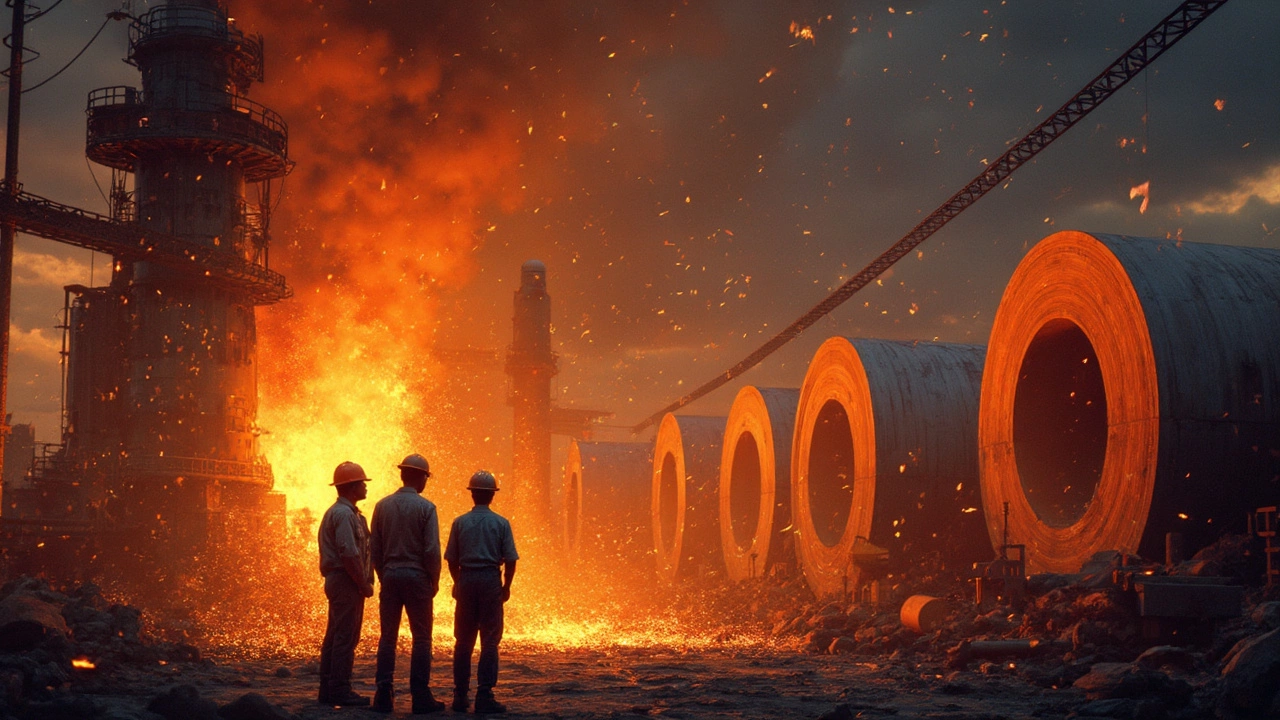American Steel Plants – Latest Insights
If you’re curious about where the steel that builds bridges, cars and skyscrapers comes from, you’ve landed in the right spot. American steel plants have been the backbone of the U.S. economy for more than a century, and they’re still evolving fast. In this guide we’ll break down the biggest plant locations, the tech that’s reshaping production, and what the future might look like for this rugged industry.
Key American Steel Hubs
When people talk about U.S. steel, two cities usually steal the spotlight: Pittsburgh and Birmingham. Pittsburgh earned the nickname “Steel City” because its rivers powered massive iron‑and‑steel mills in the early 1900s. Today the city still hosts several modern facilities that use electric arc furnaces and recycle scrap metal at record speeds.
Birmingham, known as “The Magic City,” sits on rich ore deposits in Alabama. Its plants focus on raw‑material processing and specialty steel for automotive and aerospace parts. Both hubs benefit from a deep talent pool and a network of suppliers that keep production humming.
Beyond these classics, you’ll find large operations in places like Gary, Indiana and Cleveland, Ohio. These sites are now home to high‑efficiency blast furnaces and digital monitoring systems that cut energy use by up to 15 %.
Future Trends for US Steel Plants
Technology is the biggest driver of change right now. Electric arc furnace (EAF) technology replaces older blast furnaces in many plants, allowing manufacturers to melt scrap metal instead of relying on raw iron ore. The switch reduces carbon emissions and cuts raw material costs.
Automation is another game‑changer. Robots now handle everything from material handling to quality inspections. Sensors feed real‑time data to control rooms, letting operators spot problems before they cause downtime. For a plant that runs 24/7, even a few minutes saved can mean millions of dollars.
Environmental pressure is also shaping the industry. The U.S. government’s push for greener manufacturing has led several plants to install carbon capture units and switch to renewable power sources. Companies that adopt these measures are seeing lower regulatory fees and better public perception.
Trade policies continue to impact plant strategies. Recent tariffs on imported steel have encouraged some manufacturers to expand domestic capacity, while others are looking at partnerships abroad to stay competitive.
Finally, workforce development matters. Skilled operators who understand both traditional metallurgy and modern digital tools are in high demand. Many plants now run apprenticeship programs and partner with community colleges to keep the talent pipeline full.
All these factors—technology, sustainability, trade and talent—are reshaping the landscape of American steel plants. Whether you’re an investor, a student, or just a curious reader, keeping an eye on these trends will give you a clearer picture of where U.S. steel is headed.
Want more deep dives? Check out our posts on Pittsburgh vs. Birmingham, the legacy of Andrew Carnegie, and the ownership story behind Nucor. They’ll give you the back‑story you need to understand today’s steel scene in the United States.

Steel Mills in the US: What's Left and Where Are They Now?
Wondering if the US still has working steel mills? This article breaks down the current state of steel manufacturing in the US, where you can find the remaining mills, and how they've changed over the years. Get real facts about jobs, major companies, and what’s driving the industry now. Discover why some mills survived when many shut down and what the future might look like for American steel. Perfect for anyone curious about where American steel comes from today.
